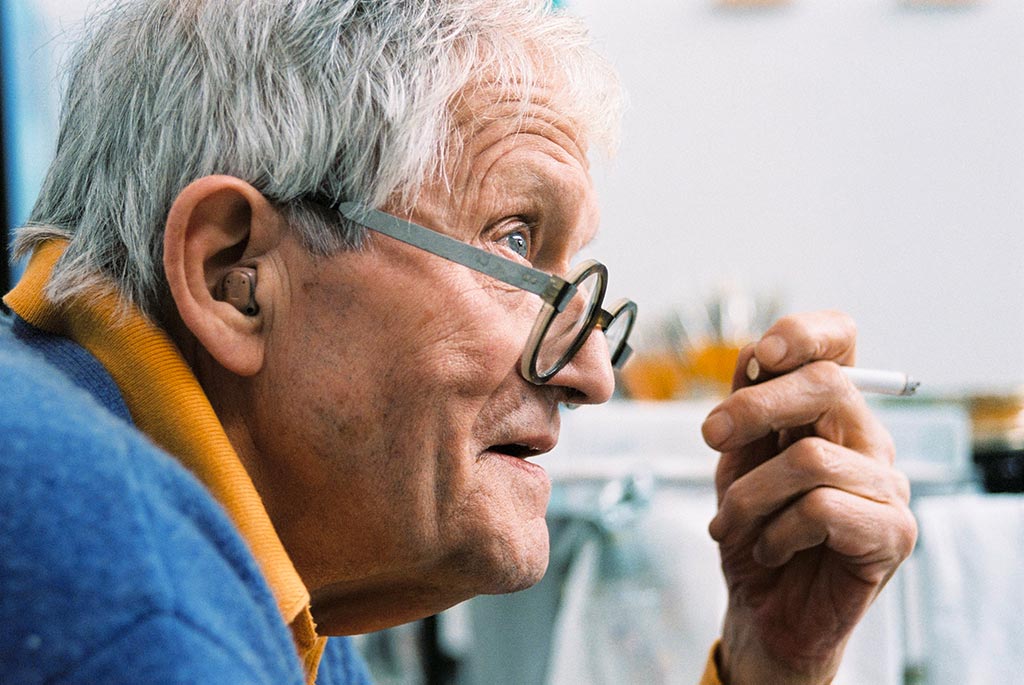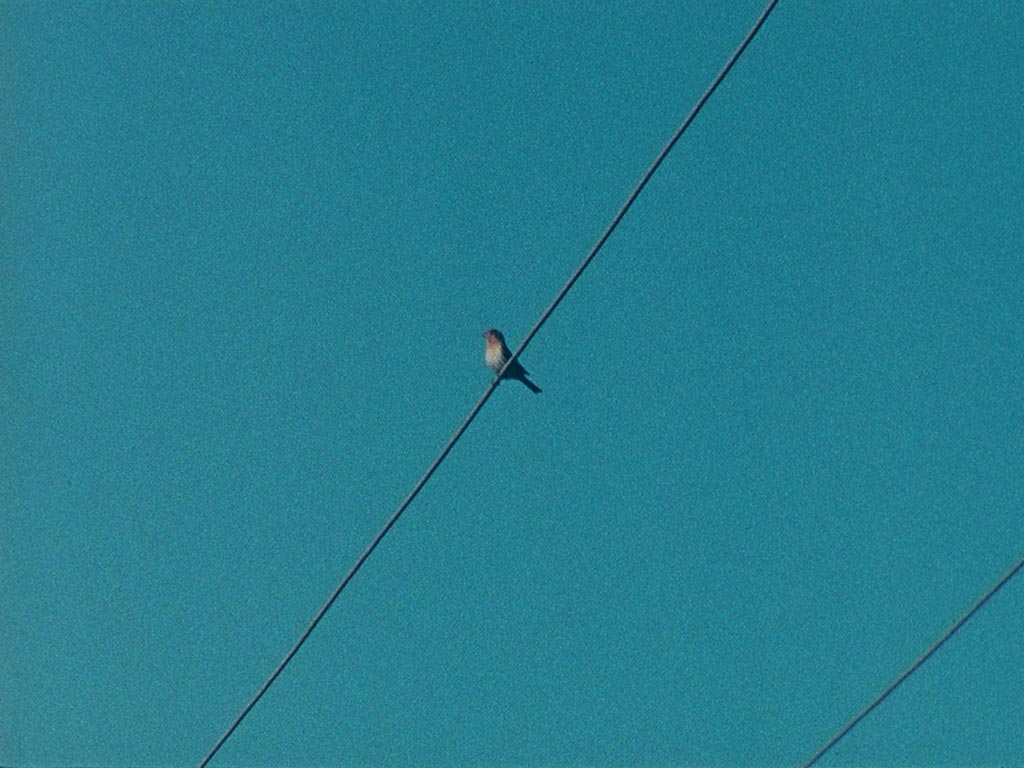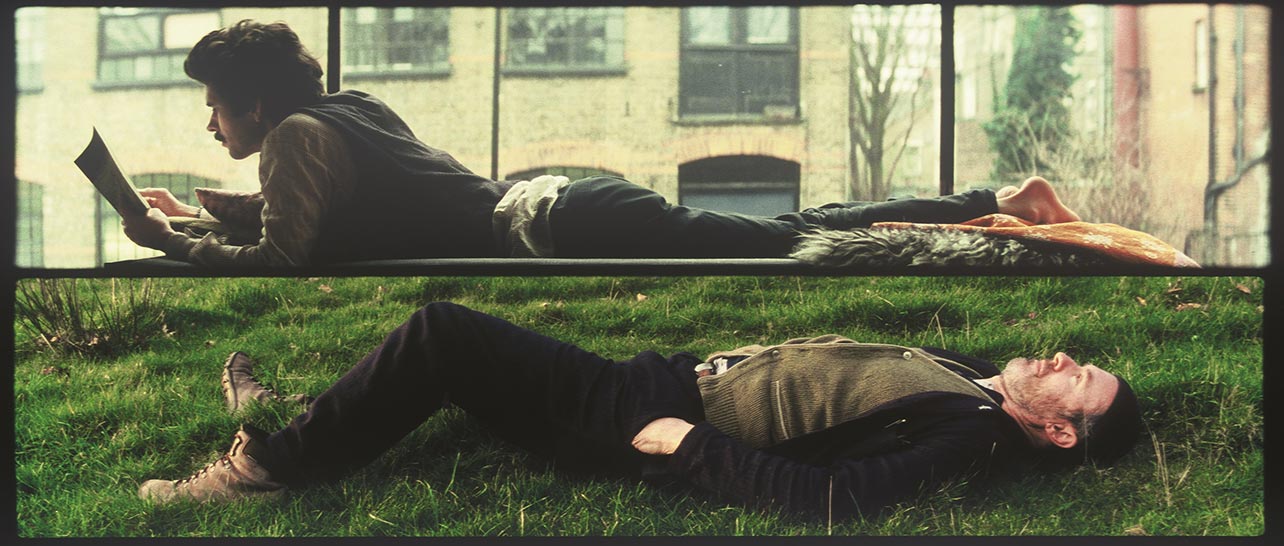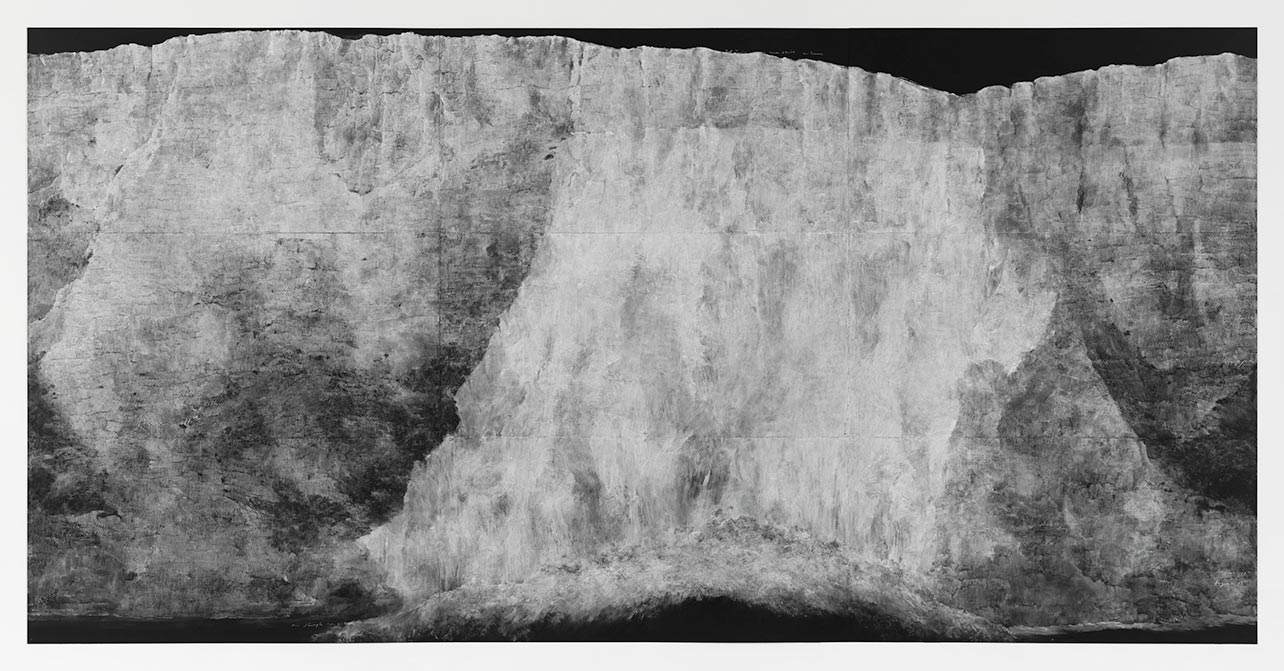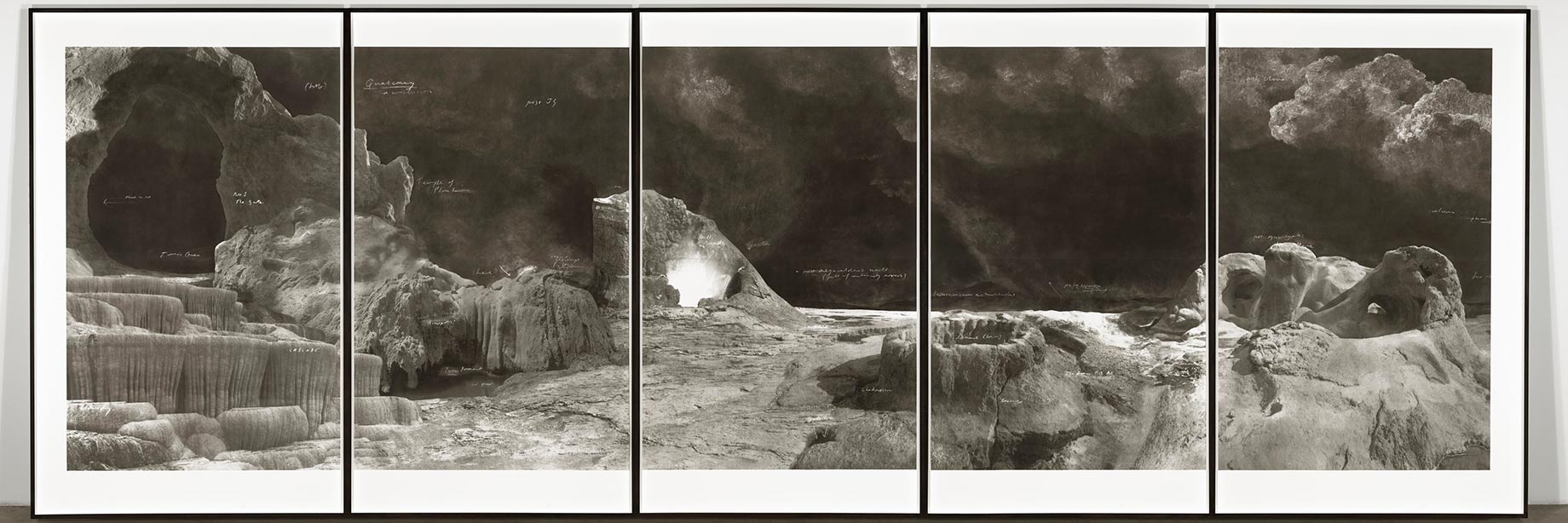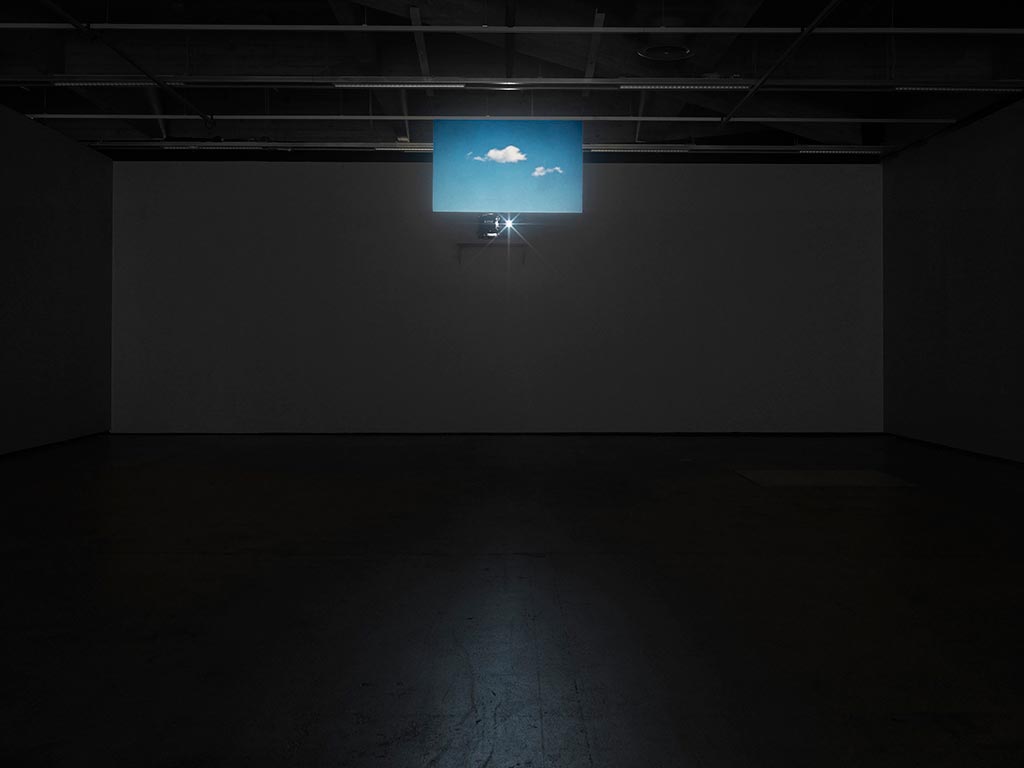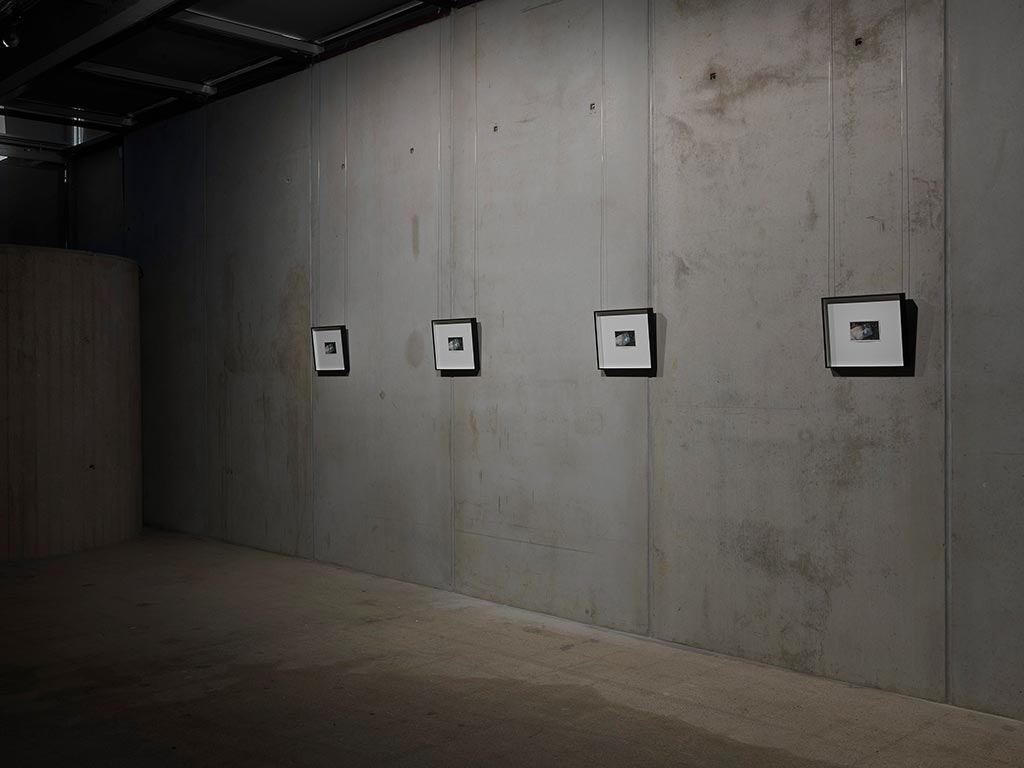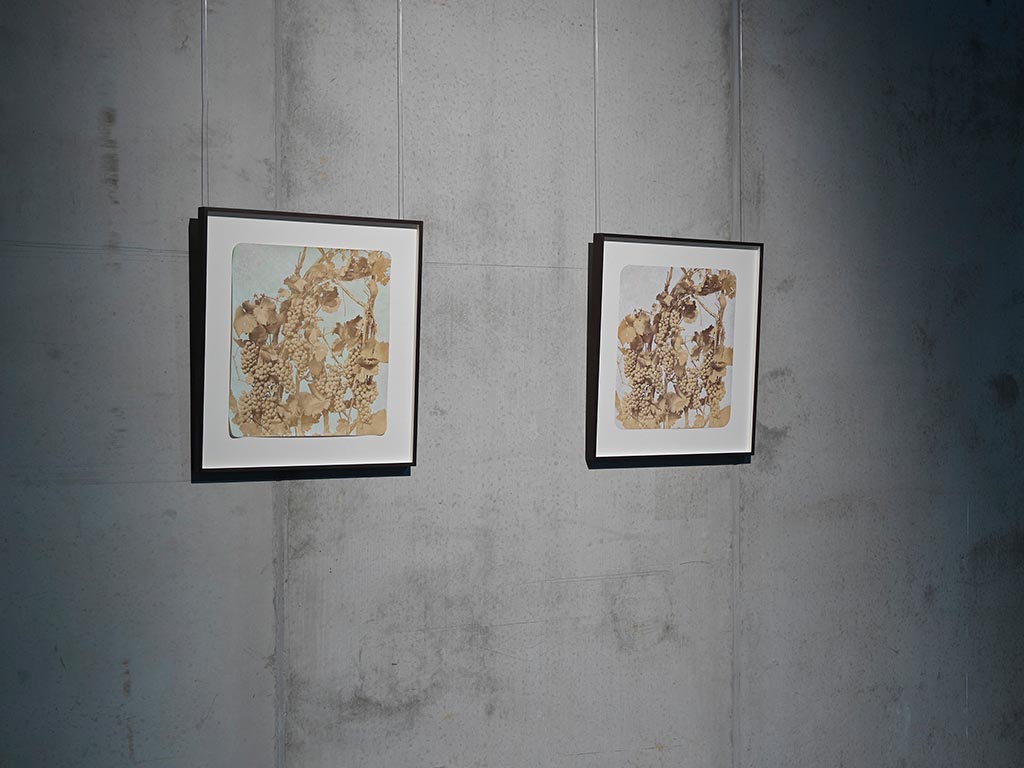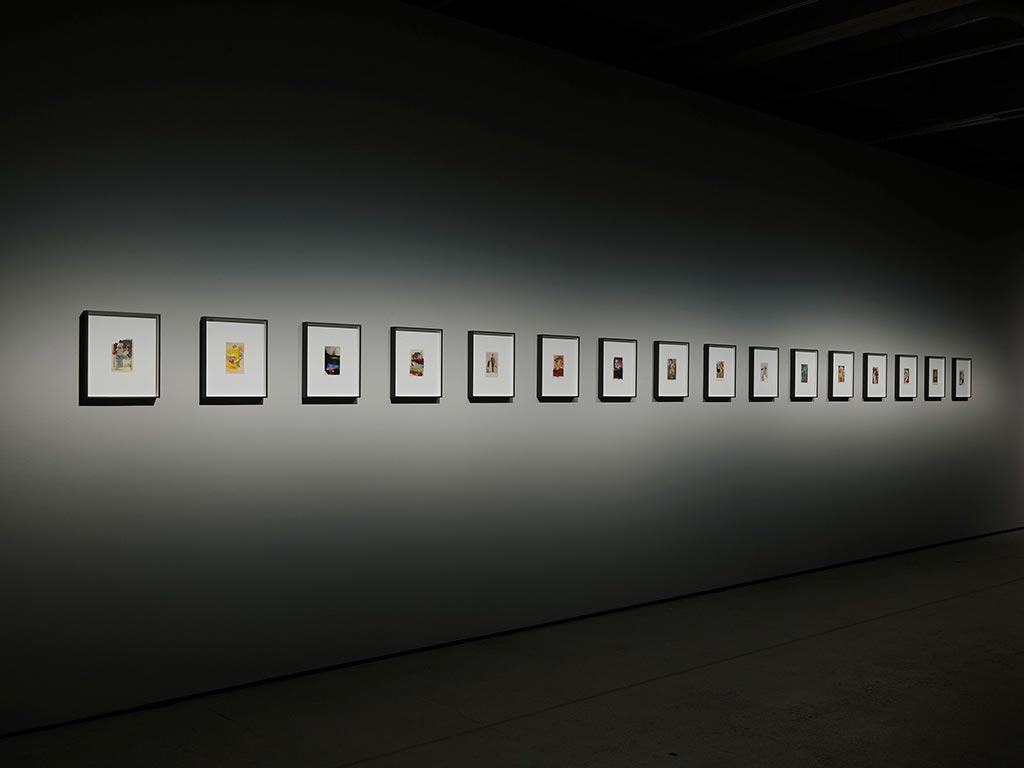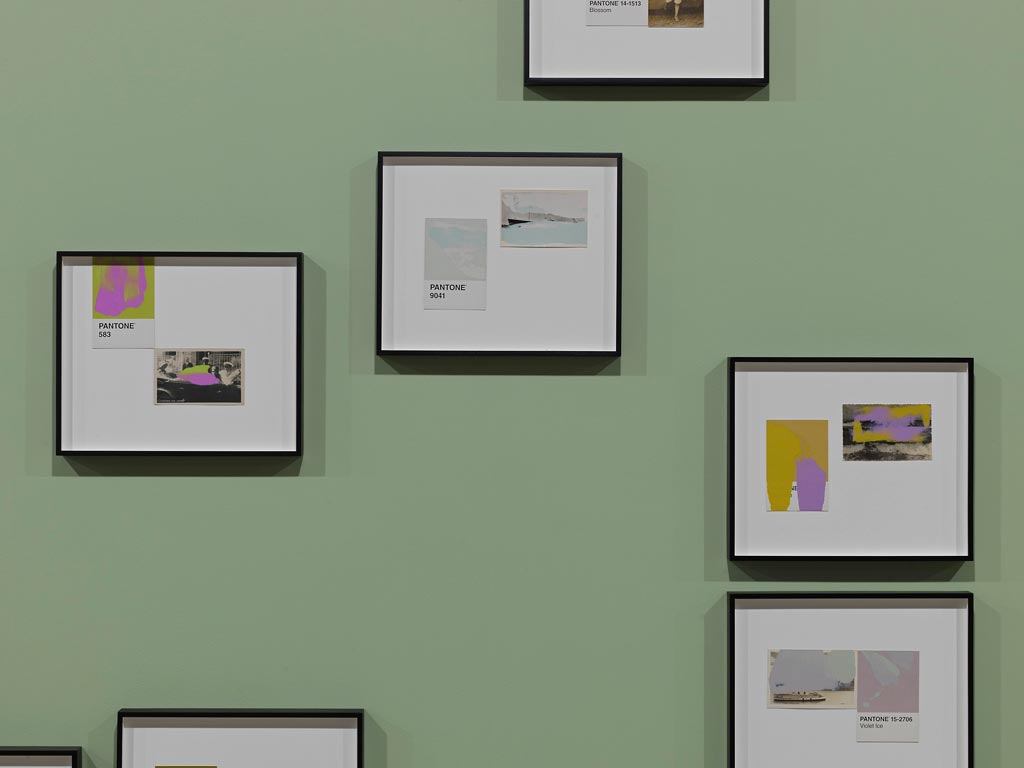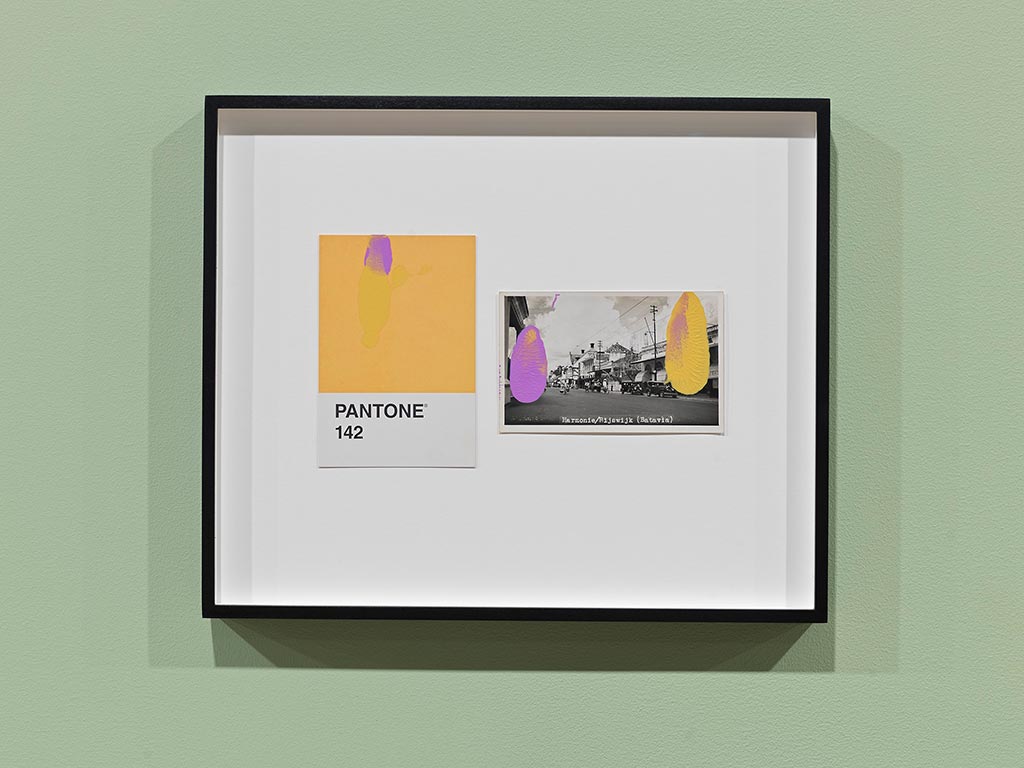ART-PRESENTATION: Tacita Dean
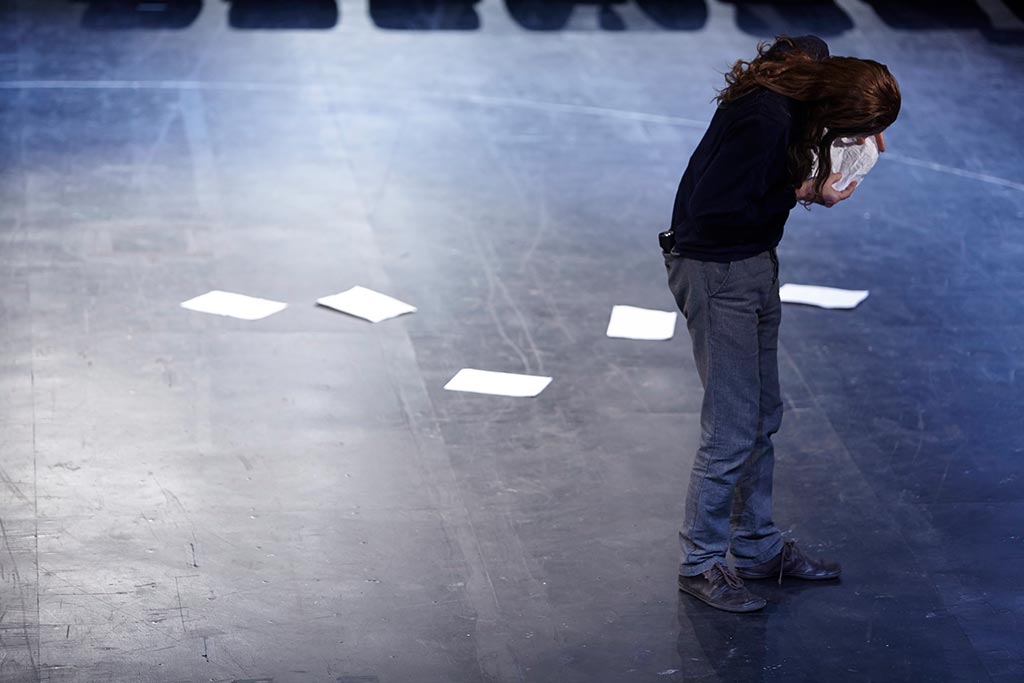 Tacita Dean is one of the most highly acclaimed contemporary artists of our day. She is known best for films shot on 16mm and 35mm and her work for the preservation of analogue film. She also creates large, spatially engaging chalkboard drawings as well as works on slate, photographs, print images and works made with found materials.
Tacita Dean is one of the most highly acclaimed contemporary artists of our day. She is known best for films shot on 16mm and 35mm and her work for the preservation of analogue film. She also creates large, spatially engaging chalkboard drawings as well as works on slate, photographs, print images and works made with found materials.
By Dimitris Lempesis
Photo: EMMA Archive
Tacita Dean’s solo exhibition at EMMA, borrows from her existing body of work, in addition to which the artist has created several new pieces. The exhibition features recent key works in which Dean explores portraiture, painting, the ephemerality of natural events and the layers of time. Dean, draws attention to details and encourages the visitor to stop and observe the world. The exhibition rewards the viewer who is prepared to give time to the works.The exhibition includes seven films, the latest of which, “A Cloud makes itself”, receives its premiere at EMMA. The works featured in the exhibition include Dean’s ambitious chalkboard drawing “Chalk Fall” (2018), her recent series of 80 monoprints on found postcards, “Pantone Pairs” (2019) and two works from the Saastamoinen Foundation’s art collection, “Quatemary” and “A Book End of Time”. Tacita Dean was born in 1965 in Canterbury, England. She attended the Falmouth School of Art (1985–88), Supreme School of Fine Art in Athens, Greece (1989–90), and the Slade School of Fine Art in London, England (1990–92). Since the early 1990s, Dean’s impressive body of work has navigated the forgotten corners of history and experience through a range of films, photographs, drawings, and installations. “Ztráta” (1991–2002), one of Dean’s earliest films, explored the terms presence, absence, and loss (“ztráta” in Czech) in a classroom in post-communist Prague. Her film “The Story of Beard” (1992) narrated the tale of a shop owner who amassed a collection of beards. In “A Bag of Air” (1995), the camera captures the shrinking shadow of a hot air balloon as it ascends away from the ground, and then cuts to images of Dean trying to capture air in a plastic bag. Soon after, Dean devised several works surrounding the adventures and demise of seafarer Donald Crowhurst in “Disappearance at Sea” (1996), “Disappearance at Sea II” (1997), and “Teignmouth Electron” (2000). In 1997 she created a sound recording of her unsuccessful journey in search of Smithson’s iconic earthwork in “Trying to Find the Spiral Jetty”. In 1997 Dean moved to London. That same year she began to exhibit splices of magnetic tape cut the length required to document the duration of the sound indicated, such as a raven’s cry. She also extended her interest to drawings of the sea in the series “Roaring Forties: Seven Boards in Seven Days” (1997), “Sea Drawing Inventories” (1998), and “Chère petite soeur” (2002). Her films of this period touched upon such subjects as healing in “Gellért” (1998), failed projects yielding surprising results in “Sound Mirrors” (1999), and the effects of an eclipse on a pastoral landscape in “Banewl” (1999). Dean again focused on surprising solar effects in “Totality” (2000), “The Green Ray” (2001), and “Diamond Ring” (2002). “Floh” (2001) comprises found photographs from flea markets. Soon after the artist’s move to Berlin in 2000, she responded to the city’s layered history with films and related photogravures in “Fernsehturm” (2001) and “Palast” (2004–05). In 2002, Dean paid homage to precedents of experimental art in two very different films: “Section Cinema (Homage to Marcel Broodthaers)” (2002) and “Mario Merz” (2002). The film triptych “Boots” (2003) follows a mysterious character, blind in one eye and wearing an orthopedic boot, who speaks in French, English, and German as he laboriously traipses through the Casa de Serralves in Porto. Dean chronicles the memories and divergent attitudes of her two uncles as they discuss the family business in “The Uncles” (2004). She exhibited vintage opera and theater programs found in flea markets in “Die Regimentstochter” (2005). In “Kodak” and “Noir et Blanc” (both 2006), Dean reflected on changes in the filmic medium from celluloid film to digital alternatives. In “Darmstädter Werkblock” (2007), Dean filmed the galleries containing Joseph Beuys’s installation in Hessisches Landesmuseum Darmstadt, while the controversial renovation of the space was underway. Dean explored the subject of writer W.G. Sebald in her film “Michael Hamburger” (2007). Dean recorded dancer Merce Cunningham performing his iconic choreography in “Merce Cunningham performs STILLNESS (in three movements) to John Cage’s composition 4’33” with Trevor Carlson, New York City, 28 April 2007” (2008). Her ambitious 35mm double Cinemascope film work “Antigone” (2018) based on the name of the artist’s older sister, references the Greek tragedian Sophocles’s “Antigone” from 440 BCE. Celebrating natural phenomena such as light and the sky, Tacita Dean transports viewers from Bodmin Moor in England to Yellowstone Park and the rangelands of Wyoming where she filmed a rare solar eclipse on 21/8/2017. The entirety of “Antigone” was filmed without recourse to post-production and never allowing Dean to review her footage until the rolls were finally completed and processed many months later. Using her own aperture gate masking system that mimics the movement of the moon by partially obscuring each frame, Dean exposed the same frame of negative multiple times, combining different places and times within a single picture, similar to how images from one’s own memories and experiences can merge together with mythologies and present events to become one.
Info: Curator: Pilvi Kalhama, EMMA – Espoo Museum of Modern Art, Ahertajantie 5, Espoo, Finland, Duration: 26/2-3/5/20, Days & Hours: Tue & Sat-Sun 12:00-17:00, Wed-Fri 11:00-19:00, https://emmamuseum.fi
